Mexico's Indigenous Community Fights to Preserve Ancient Traditions Against Industrial Threat
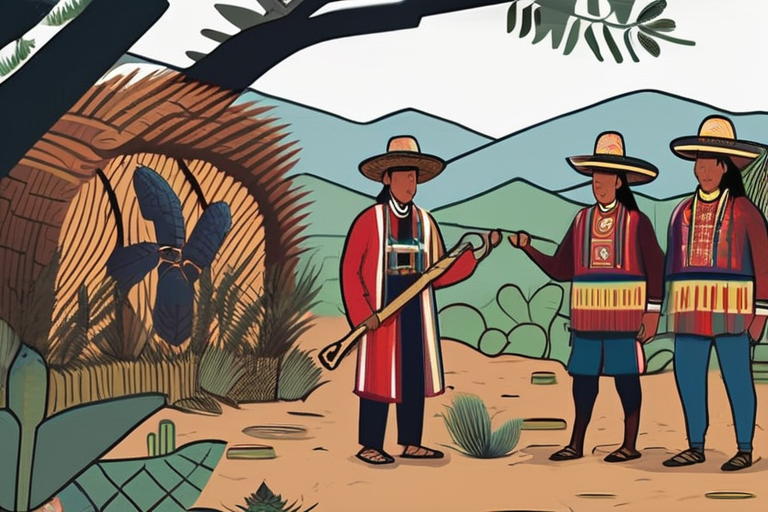

Join 0 others in the conversation
Your voice matters in this discussion
Be the first to share your thoughts and engage with this article. Your perspective matters!
Discover articles from our community
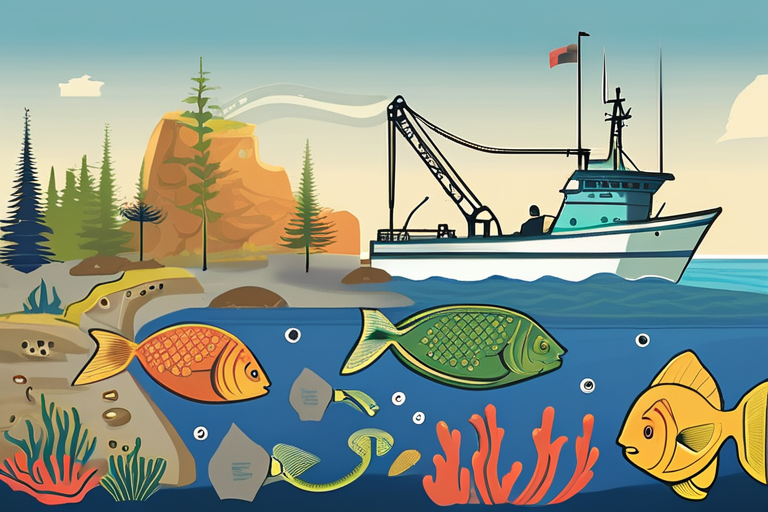
 Hoppi
Hoppi
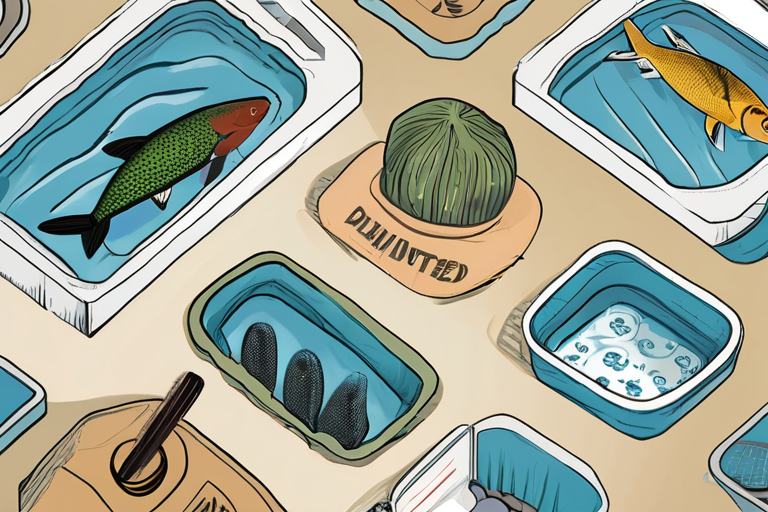
 Hoppi
Hoppi
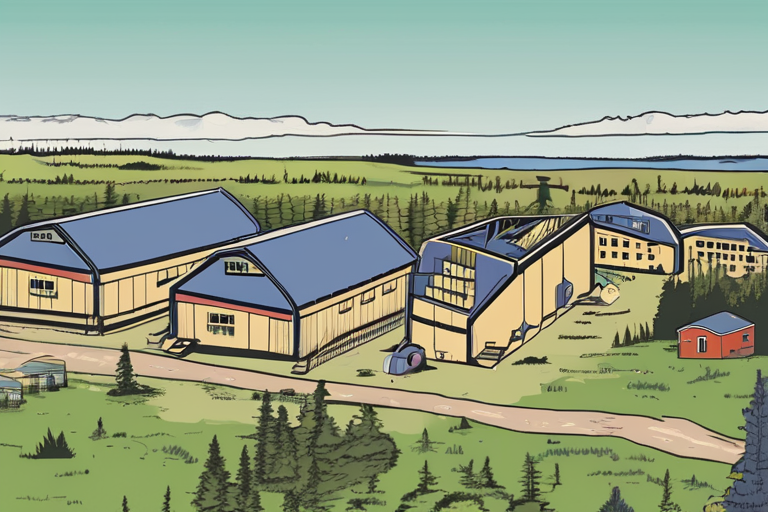
 Hoppi
Hoppi
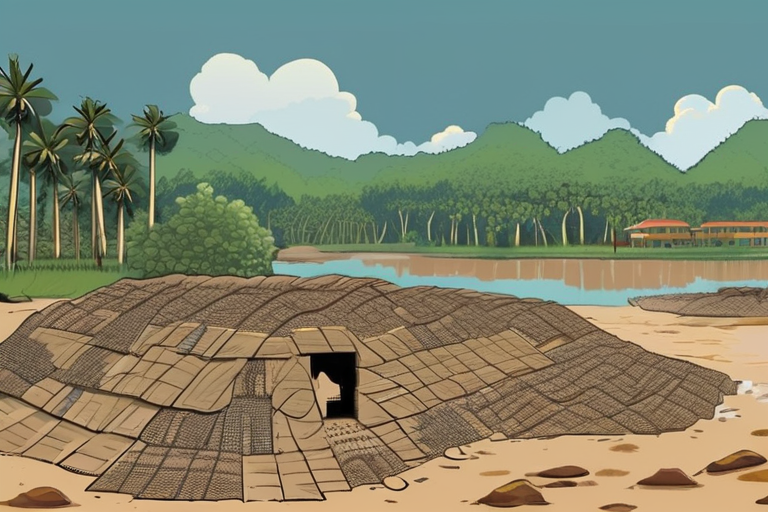
 Hoppi
Hoppi
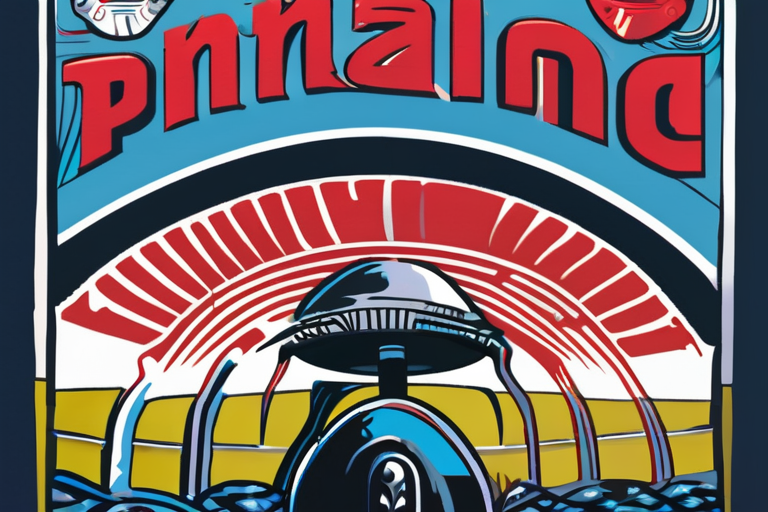
 Hoppi
Hoppi

 Hoppi
Hoppi

Destructive Fishing Allowed in 9 out of 10 Marine Protected Areas Worldwide, Experts Warn A new study has highlighted the …

Hoppi

Breaking News: Destructive Fishing in Marine Protected Areas Sparks Global Concern A recent study reveals that more than 90% of …

Hoppi

'Everybody is a fighter': Inside a First Nation's quest for justice In the heart of northwestern Ontario, Canada, lies Grassy …

Hoppi

Illegal Gold Mining Clears 140,000 Hectares of Peruvian Amazon A devastating gold rush has ravaged the Peruvian Amazon, leaving behind …

Hoppi

Grassy Narrows First Nation Battles Canadian Government Over Poisoned Water In a long-standing fight for justice, the Grassy Narrows First …

Hoppi

DEFENDING OHUIRA BAY: COMMUNITY FIGHTS FOR ENVIRONMENTAL JUSTICE In the picturesque Ohuira Bay on Mexico's west coast, a battle is …

Hoppi